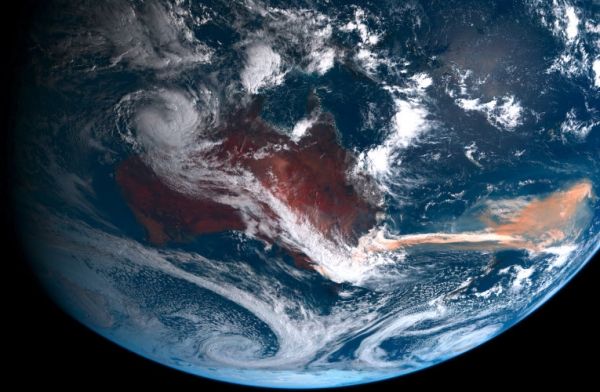The peer-reviewed study, published September 15 in Nature, is the first to conclusively link a large-scale response in marine life to fertilization by pyrogenic – or fire-made -- iron aerosols from a wildfire.
It shows that tiny aerosol particles of iron in the windborne smoke and ash fertilized the water as they fell into it, providing nutrients to fuel blooms at a scale unprecedented in that region.
The discovery raises intriguing new questions about the role wildfires may play in spurring the growth of microscopic marine algae known as phytoplankton, which absorb large quantities of climate-warming carbon dioxide from Earth’s atmosphere through photosynthesis and are the foundation of the oceanic food web.
Continue reading at Duke University
Image via Duke University


